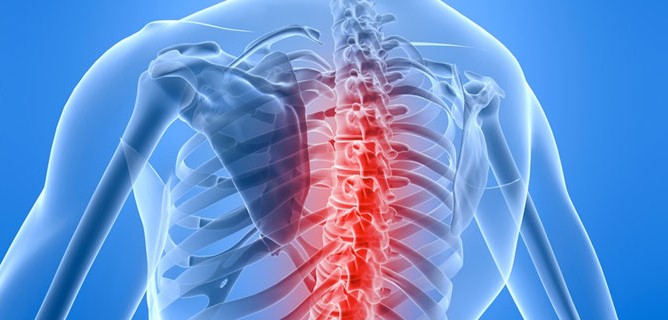TIPS FOR TREATING COMMON INJURIES
By Annette M. Zaharoff, MD (2/1/04)
Exercise is an important component in maintaining and improving your physical fitness level. Feeling good from your exercise program is important but often becomes difficult if an injury occurs. Exercising with an injury may lead to worsening of your original problem and a longer recovery time. Recognizing when to see a sports medicine physician and appropriately treating your injury will lead to a faster and safer return to the activities you enjoy. The following information will provide a few general guidelines for common problems with the foot and knee.
The Foot
There are several common injuries that do not require medical attention, such as mild ankle sprains, blisters, heel bruise and mild tendonitis. To treat mild injuries, and prevent mild injuries from becoming more severe, you should:
minor.
1) Apply ice and compression with an ace bandage, even if swelling is only
2) Take aspirin or an over the counter anti-inflammatory medication such as ibuprofen, provided you are not allergic to such medication.
3) Stay off the foot as much as possible for a least the first day after an injury.
4) Ease back into walking or your chosen athletic activity. 5) Do not push through pain.
Signs and symptoms of injuries that do indicate that you need to see a physician include: severe swelling, severe pain, severe bruising, numbness and tingling, inability to move the foot or intense pain with movement, persistent pain that lasts for more than 5 to 7 days after an injury.
These symptoms may be signs of common injuries that do require medical attention, such as: Achilles tendonitis or tendon rupture, fractures, bursitis, and ligament or tendon tears.
The Knee There are several common injuries of the knee that do not necessarily require medical attention, such as: mild, temporary kneecap soreness related to a new activity or overexertion, and mild ligament or tendon strains. To treat mild injuries and prevent further damage, you should:
1) Apply ice even in the absence of major swelling.
2) Take aspirin or an over the counter anti-inflammatory
3) Apply compression with an ace bandage or elastic knee brace with a cut out for the kneecap
4) Ease up on activity causing any pain or discomfort
Do not exercise through pain Return to full activity only when the pain is completely gone Add exercise to strengthen the thigh muscles above the knee.
Common knee injuries that do require medical attention are torn or ruptured tendons or ligaments, torn cartilage or fractures, and dislocation of the kneecap.
The symptoms of injuries that do require medical attention include: an injury in which a “popping” was heard or felt at the time the knee was injured, instability of the knee joint, sudden and intense pain, rapid swelling, numbness and tingling, inability to bear weight on the leg, bruising or discoloration, buckling and locking sensations of the knee joint.
Remember, you are the best expert on your own body. If something just “doesn’t feel right” do not hesitate to contact your sports medicine physician for a consultation. Early intervention may shorten your recovery time and prevent a more serious injury from occurring.

